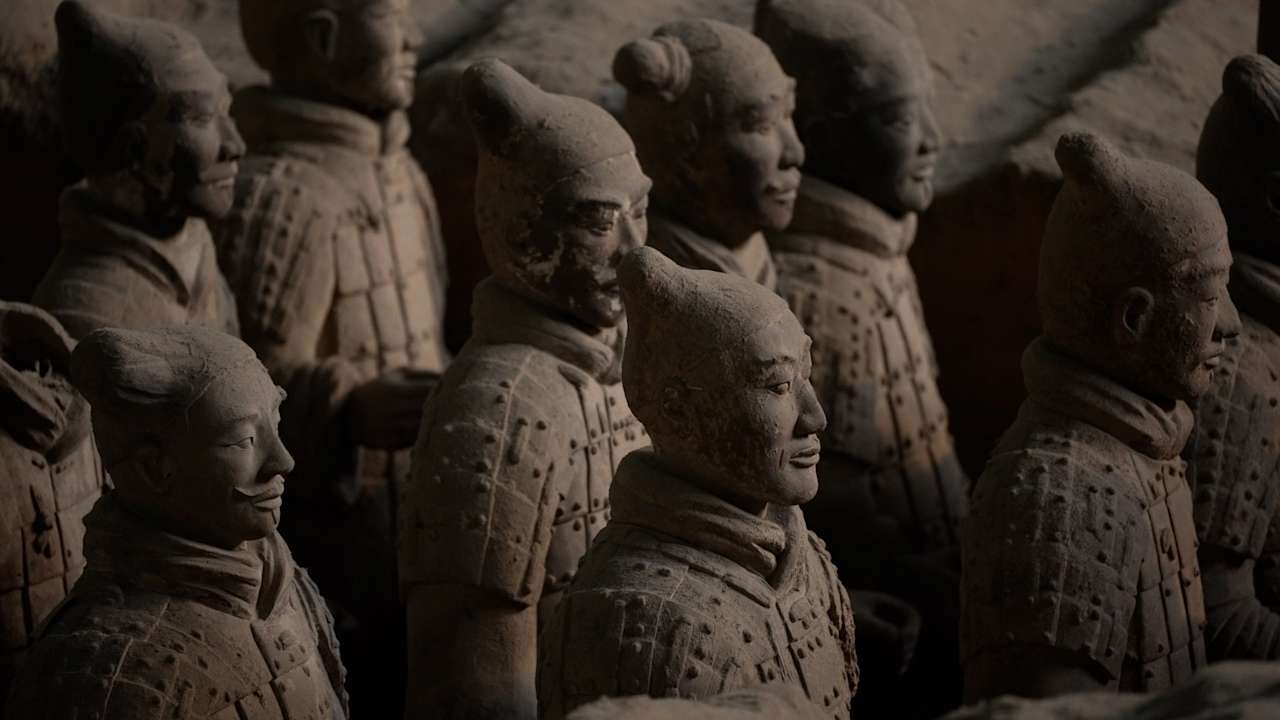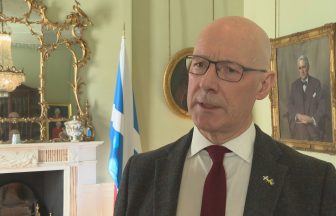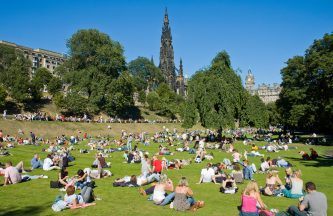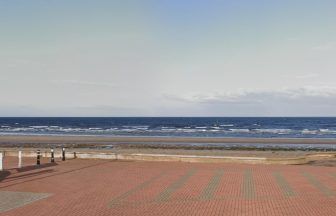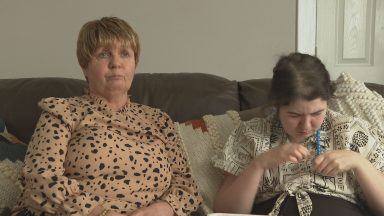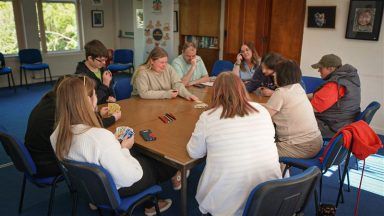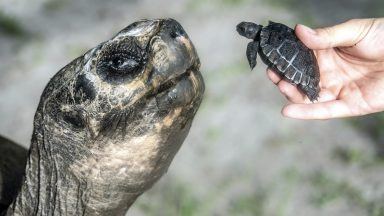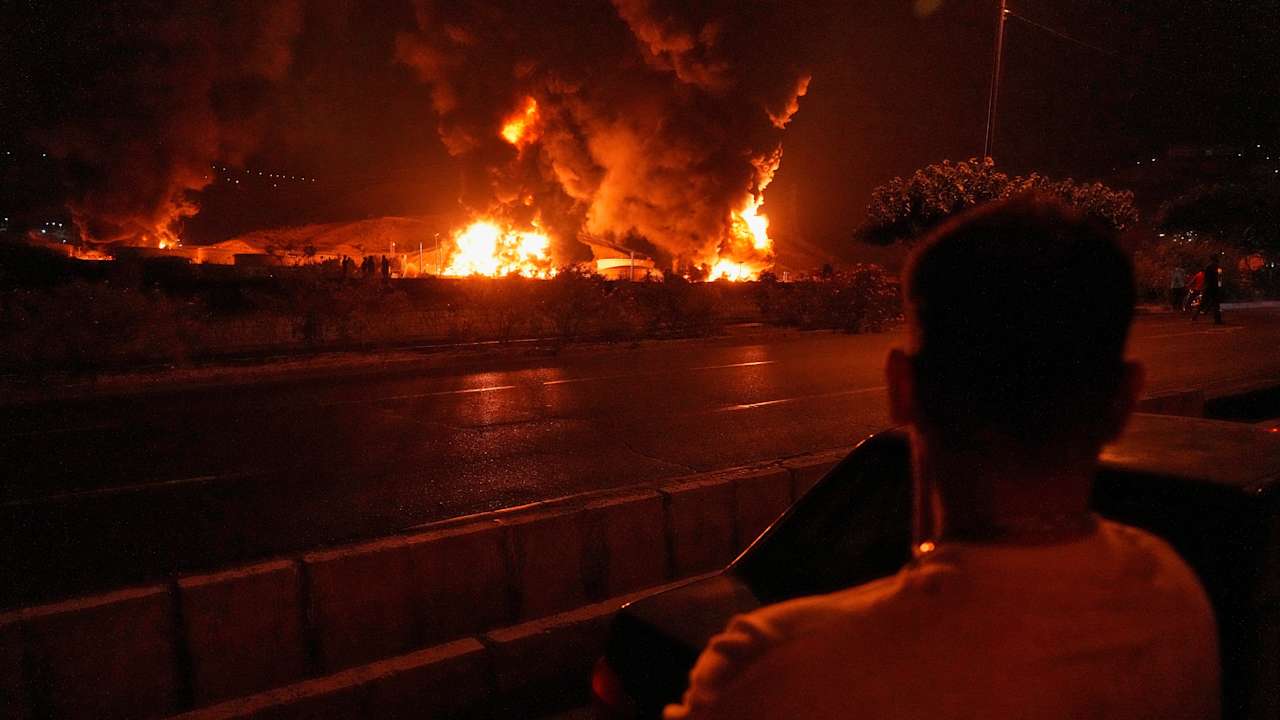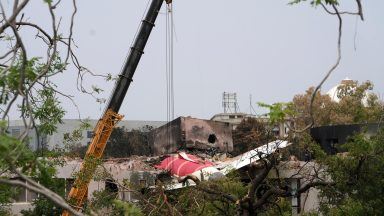Every year, millions of visitors come to Xi’an in China to visit Emperor Qin’s Mausoleum site, ITV News Asia Correspondent Debi Edward reports
The Terracotta Army in Xi’an is incredible in its scale, intricacy and historical significance. We were invited to visit on the 50th anniversary year of what was one of the most significant archaeological discoveries of the 20th century.
More than 8,000 warriors have been unearthed so far and discoveries are still being made every year.
At a special exhibition for the anniversary, on display were members of what appears to be a full royal court.
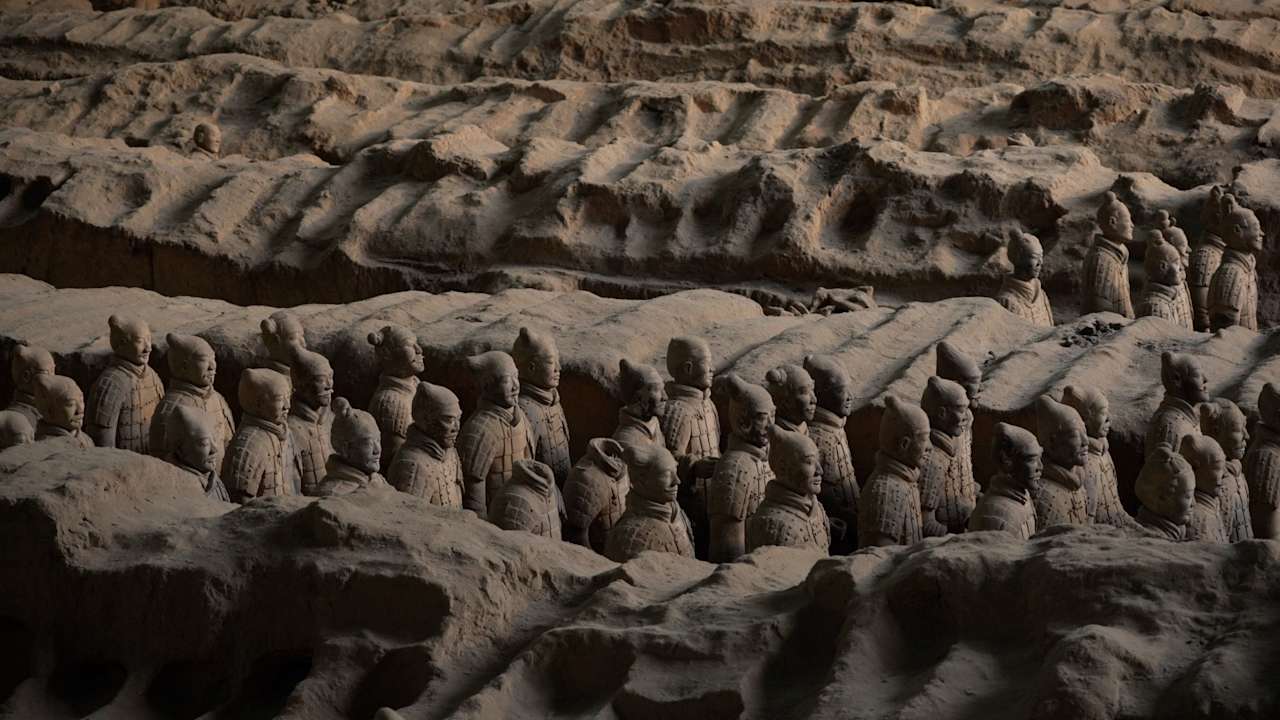
Buried alongside the soldiers and horses, they have found officials, musicians, dancers, terracotta stables, and bronze animals.
The Warriors were built in the third century BC during the Qin Dynasty to safeguard the tomb of China’s first emperor.
According to ancient beliefs, Emperor Qin thought his power and wealth would extend into the afterlife.
An estimated 700,000 men were enlisted to handcraft the life-size army and set them in battle formation to protect him in the underworld.
New technology has advanced the precision with which archaeologists have been able to piece together this most complex of jigsaw puzzles.
A senior researcher on the restoration team told us that they have established a database, scanning images of the fragments they have recovered.
Assembling the pieces with the help of the computer database has minimised the amount of human intervention required and avoids any unnecessary damage to the relics. They have also used 3D imaging to help project how some of the more damaged pieces might have looked.
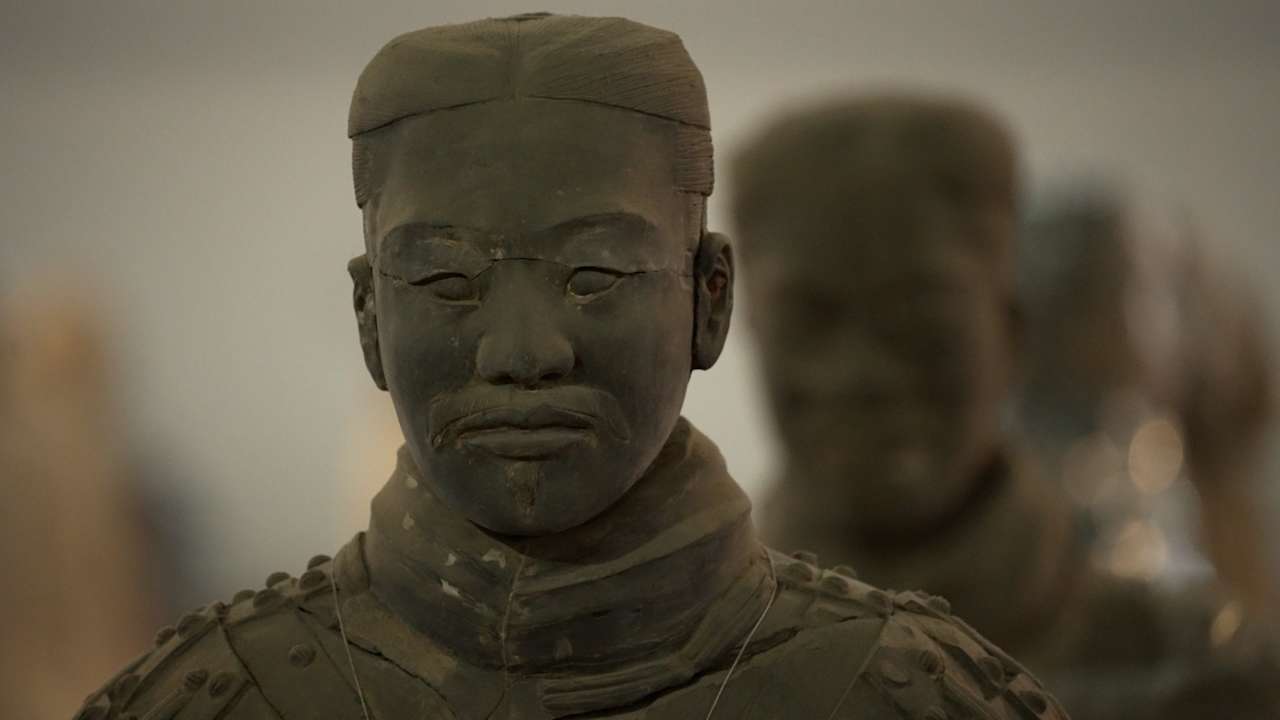
They have also been able to recreate more accurately the colours of the Terracotta Warriors.
Most of them have faded now but it’s believed they were originally all brightly coloured.
Scientists have collected eight different kinds of pigments so far, most of them appear to have come from mineral or vegetable dye.
The purple is believed to have been manmade, showing once again how advanced Chinese craftsmanship was even in such ancient times.
Other technology has been deployed to help with temperature controls both in the museum and while working on the restoration of the statues. Controlling the temperature, humidity and light exposure can prevent further degradation.
The Warriors have become an iconic symbol of China’s history, showcasing the country’s ancient culture and the artistry of its people more than 2,000 years ago.
Every year millions of visitors come to Xi’an to visit Emperor Qin’s Mausoleum site, and in 1986 it was one of the first stops made by Queen Elizabeth II and Prince Philip when they made Britain’s first royal visit to China.
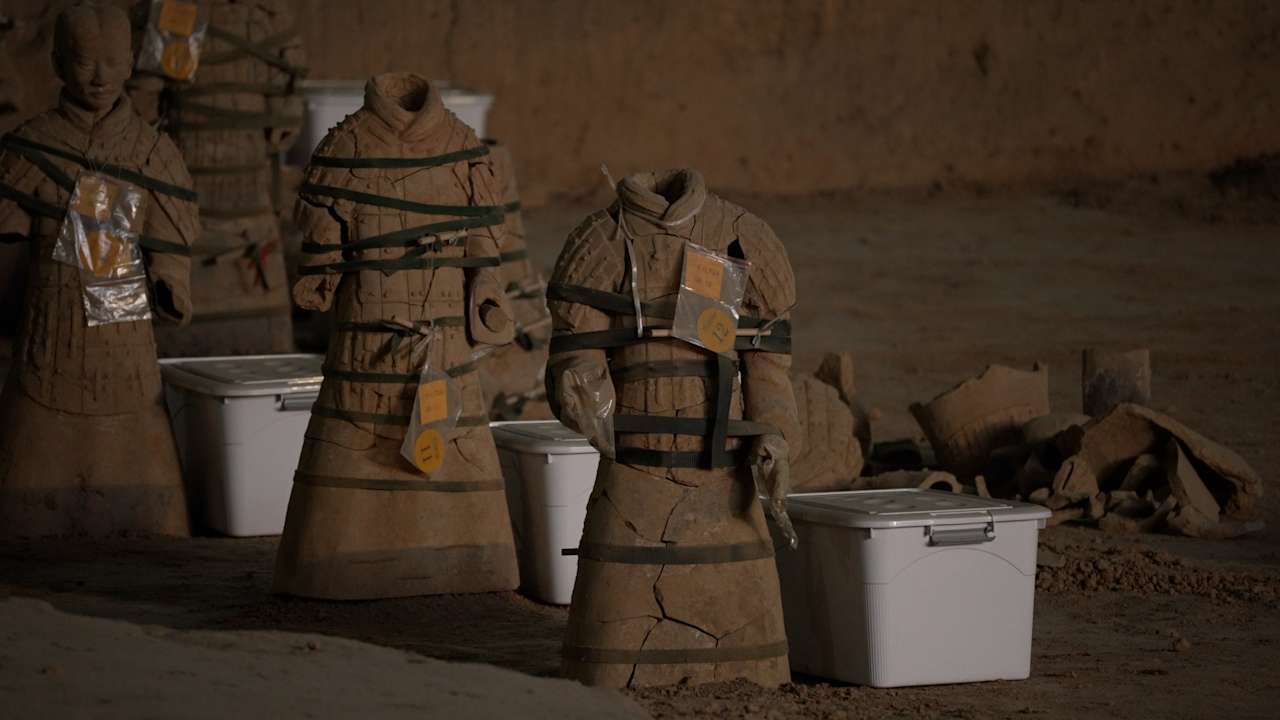
They were allowed into the largest pit to look directly into the faces of the warriors.
Footage from that visit shows Prince Philip walking amongst them with his hands in his pockets, and at one point casually picking up a stone and turning it over in his hand.
It turned out to be a piece of charcoal, from an underground fire that had burned many of the materials buried with the warriors.
Even without the exclusive access given to Her Majesty, we were able to take in the astonishing skill that went into crafting each figure. One of the most striking things about the warriors when you see them up close is noticing that no two faces are the same.
Each stone soldier was given his own distinct features. They have different noses, hairstyles, eyebrows, and cheekbones, and centuries later it still gives them a lifelike quality.
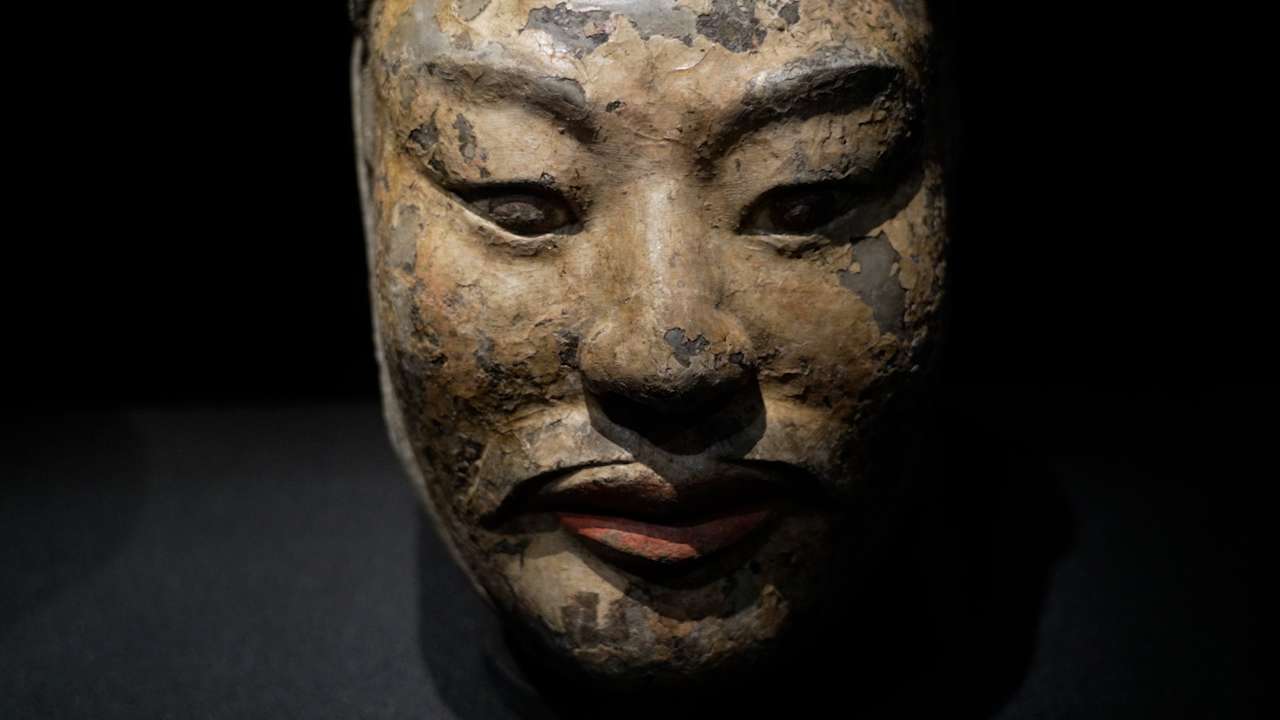
Visiting on Halloween it did feel like at any moment, they could suddenly blink and start marching towards us.
In a workshop near the museum, we went to visit Han Pingzhe, who was teaching children about the moment in 1974 when farmers digging a well found the first fragments of the Terracotta Army.
He was part of the original excavation team and now runs a business making replica warriors.
A group of Malaysian tourists were there making their own souvenir mini-warriors.
Pingzhe described what it was like at the very beginning when they were pulling the warriors out of the earth, taking them to a restoration site and then seeing them being pieced together bit by bit.
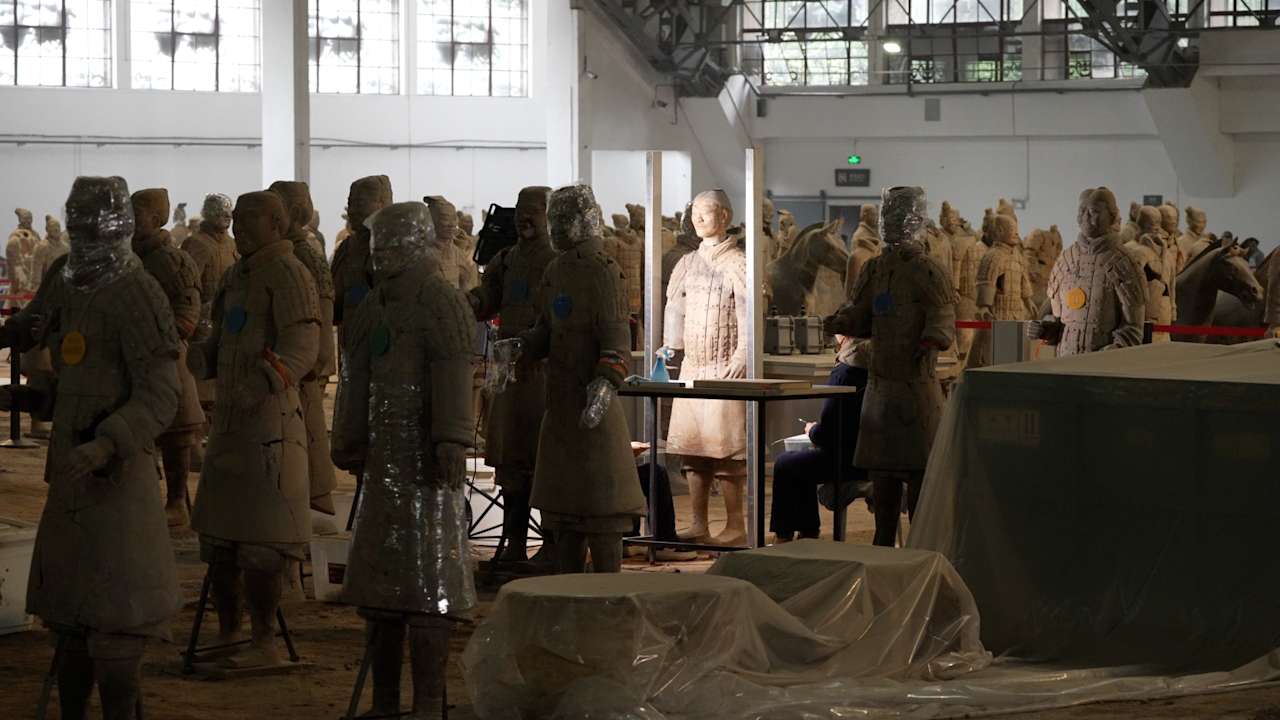
It was painstaking work, and nobody had experienced anything like that before.
He said it was such a large burial site, full of these huge stone soldiers, nothing of which had been recorded in history textbooks and they were full of curiosity to see what the warriors were going to look like, each differing from the next.
A chance discovery 50 years ago has given China and the world an intriguing insight into one of the oldest civilisations on earth. And there’s still more digging to be done.
Follow STV News on WhatsApp
Scan the QR code on your mobile device for all the latest news from around the country


